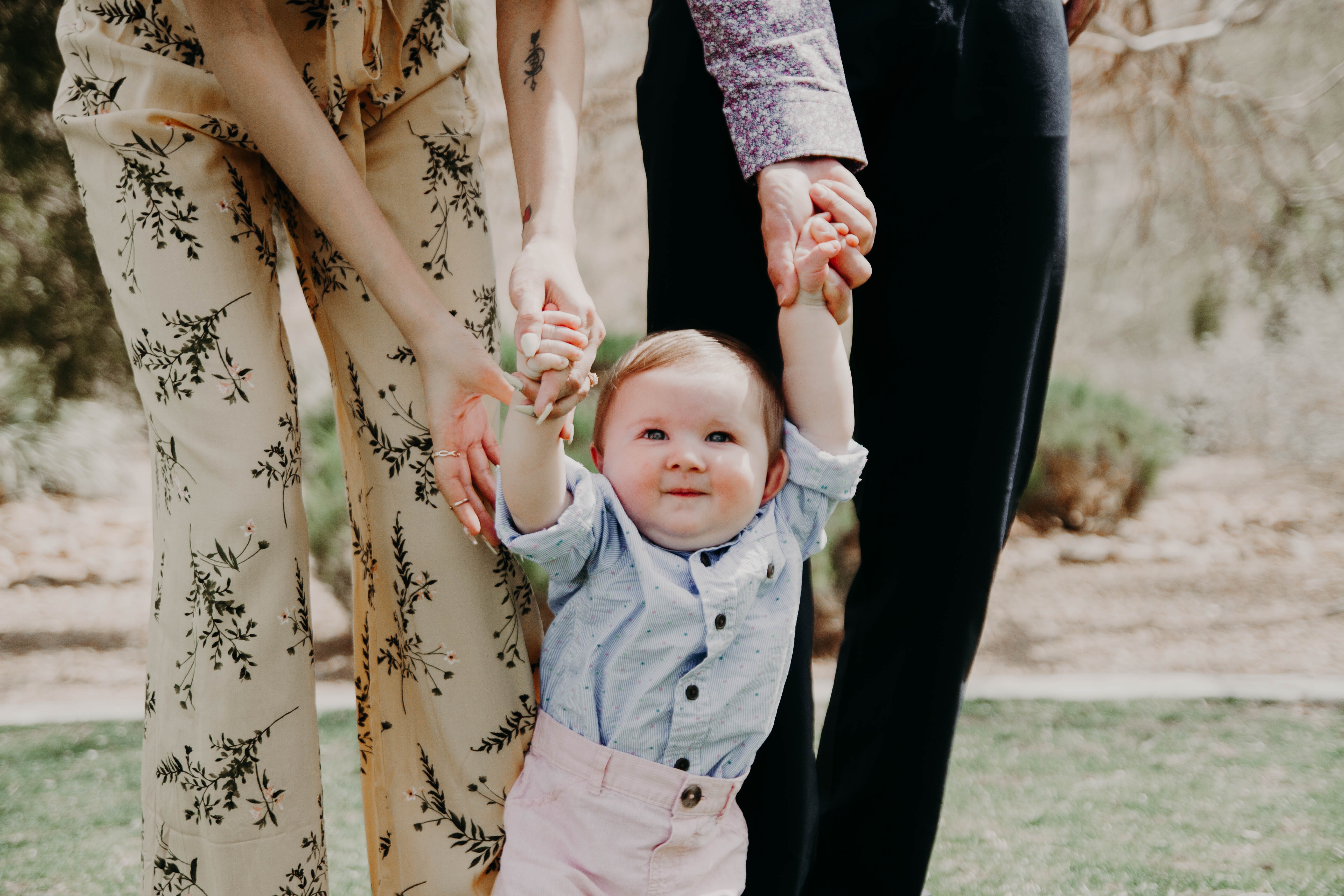What's your chance of a second IVF baby?

Most people who want children want more than one. So, if you’ve already had a baby through IVF, what’s your chance of having a second baby through IVF too?
Researchers used data from IVF clinics in Australia and New Zealand to work out the odds. They looked at 35,290 women who had an IVF baby using their own eggs between 2009 and 2013, and followed them for another two years until December 2015.
Almost half of the women (43 per cent) who had their first baby through IVF between 2009 and 2013 had returned for more treatment by December 2015. Overall, women who had frozen embryos in storage from the cycle in which they had their first child were more likely to have a second baby than women who started a new stimulated cycle when they came back.
After three completed stimulated cycles, plus any frozen embryo transfers, the so called cumulative live birth rate was 80 per cent for women who had leftover frozen embryos and 54 per cent for women who didn’t. The cumulative live birth rate is the added chance from all embryo transfers resulting from three stimulated cycles.
The researchers found that the chance of a second baby was lower for:
-
women aged 35 years or older
-
women who waited three years or longer before returning to treatment, and;
-
women who had a higher number of stimulated cycles or double embryo transfer to achieve their first child.
While these figures don’t account for individual circumstances, they provide some idea of what to expect if you decide to try for a second IVF baby.
On another note, research conducted in 2013 found that some women who have their first baby through IVF are surprised to find that they conceive without IVF the second time, especially women with unexplained infertility. Unexplained infertility is defined as trying for a year without success when there’s no known explanation for the lack of success.
In this study 236 women who had their first baby through IVF were followed for two years. In that time 94 returned for more IVF and 142 didn’t. Of the women who had more IVF almost 60 per cent achieved a pregnancy. Interestingly, of the women who didn’t have more IVF, almost one third (33 per cent) had a pregnancy and for many (61 per cent), it was unexpected.
Sources: